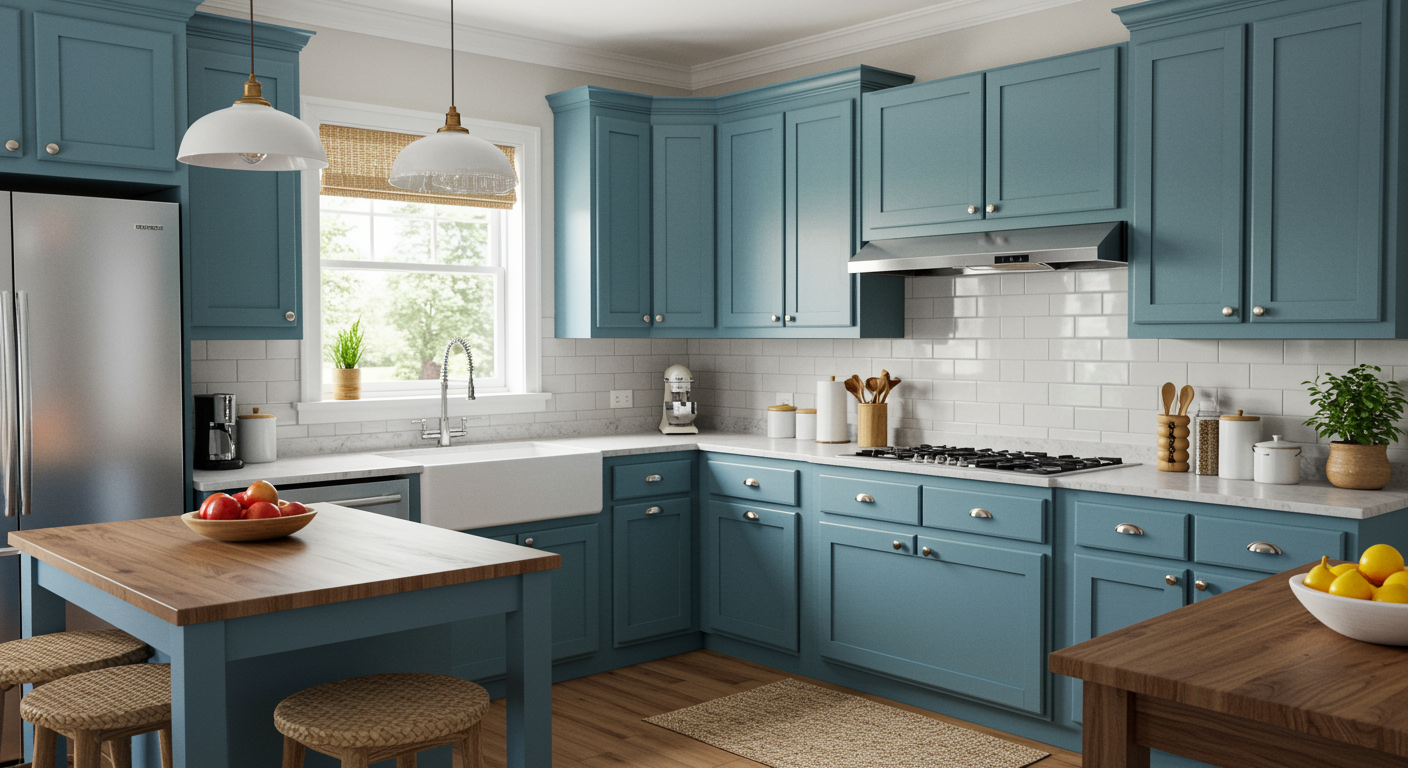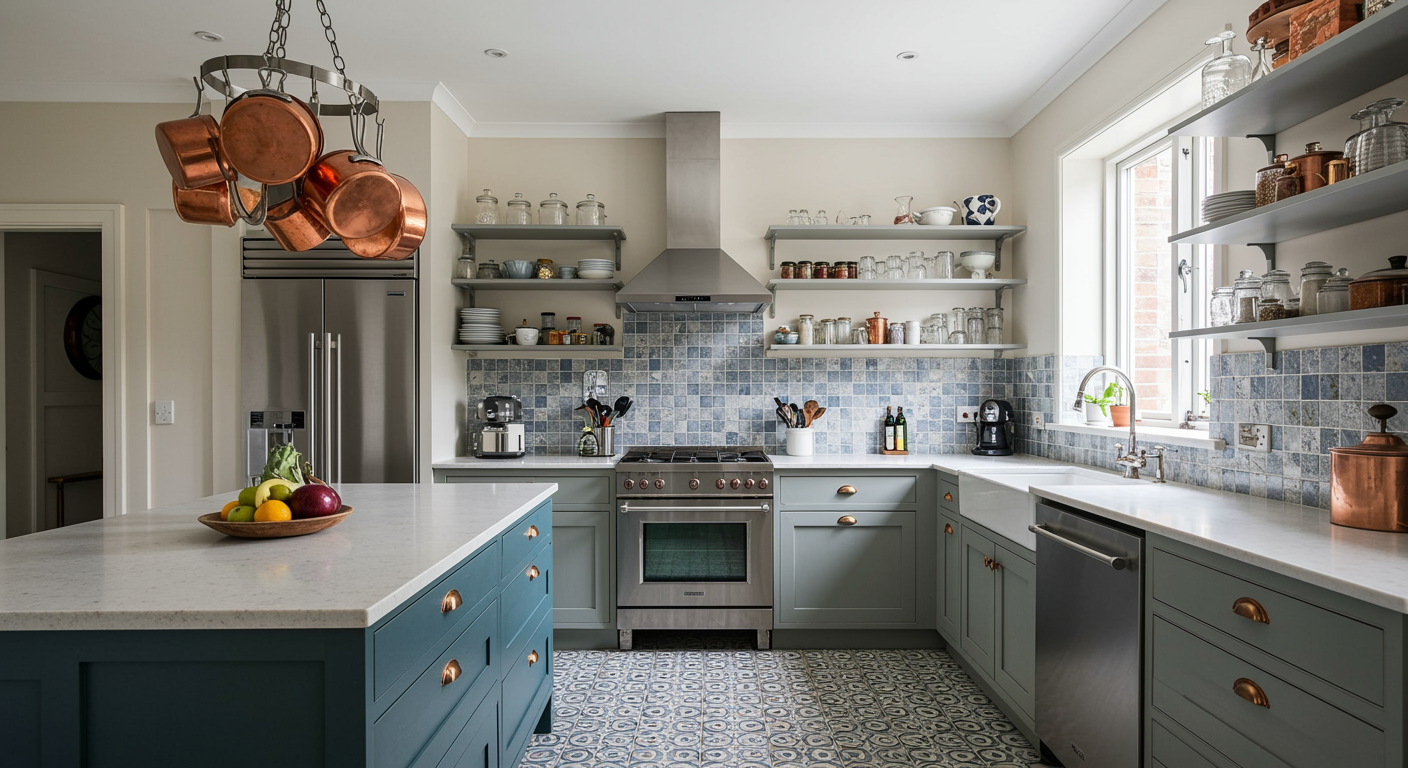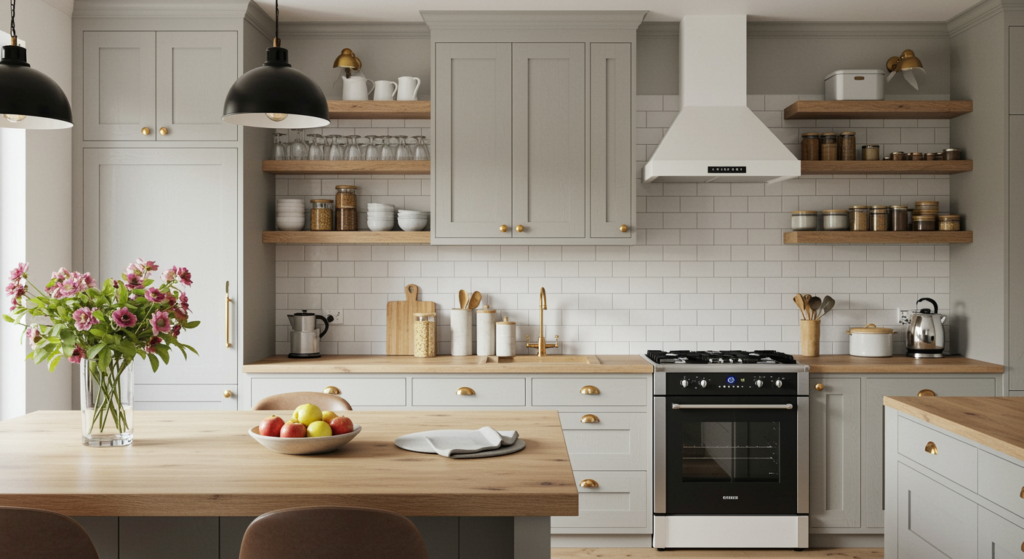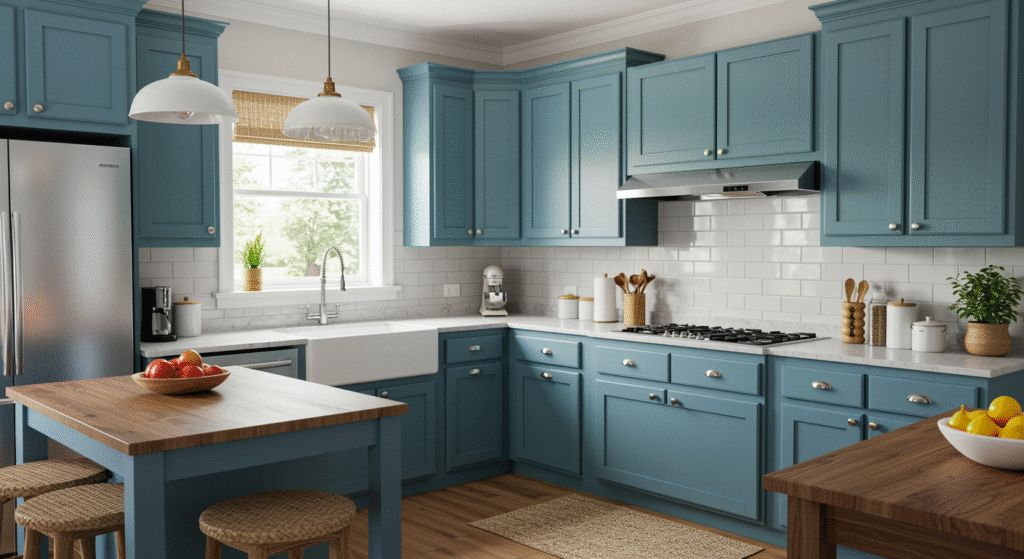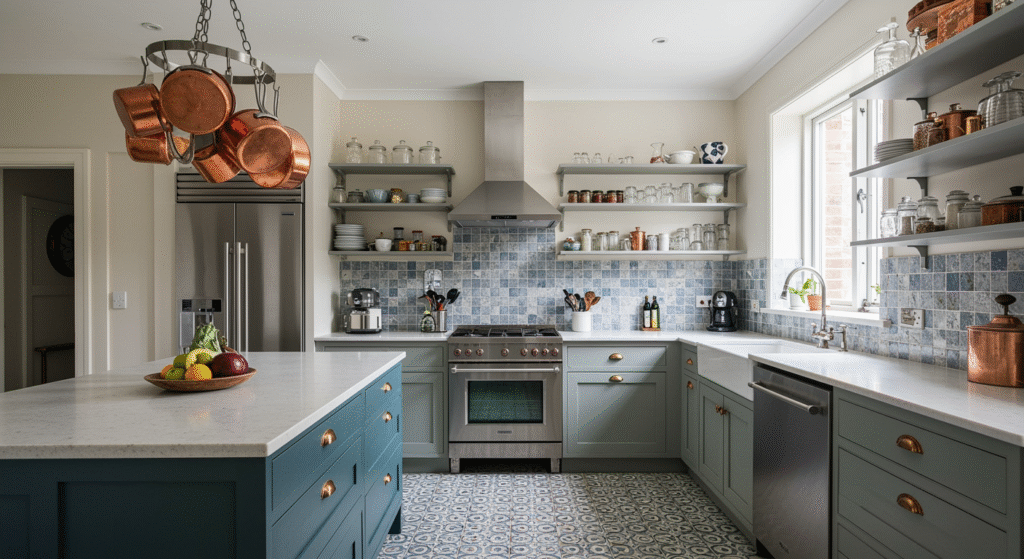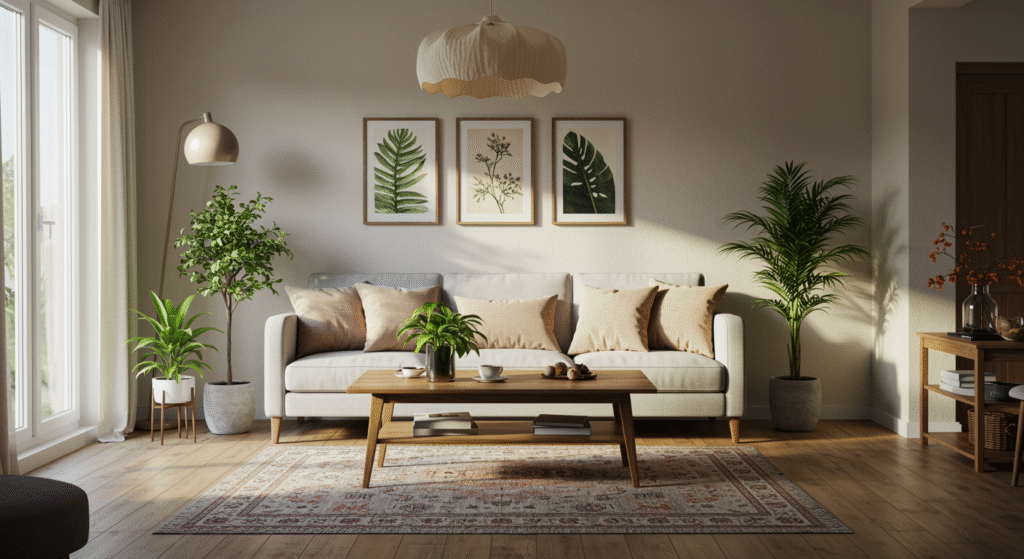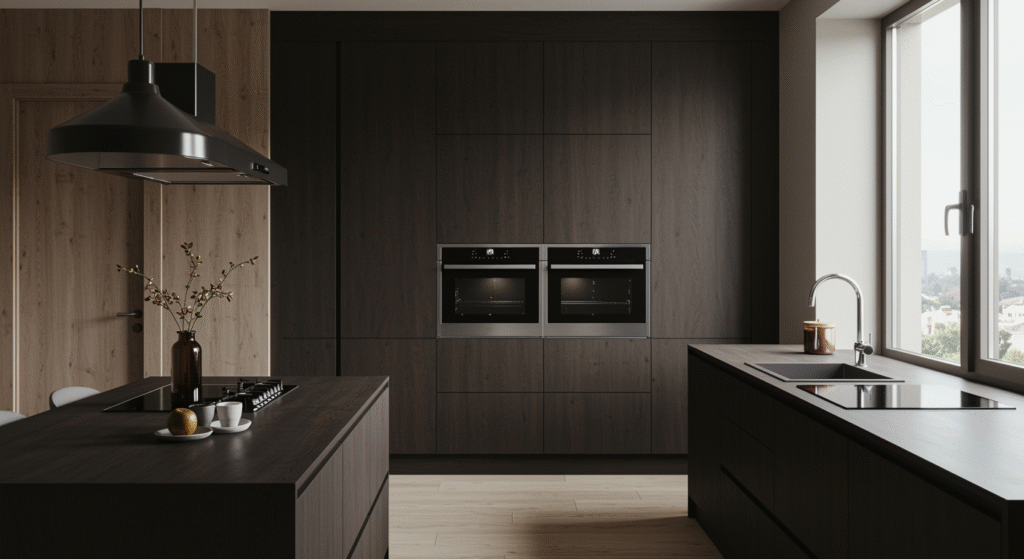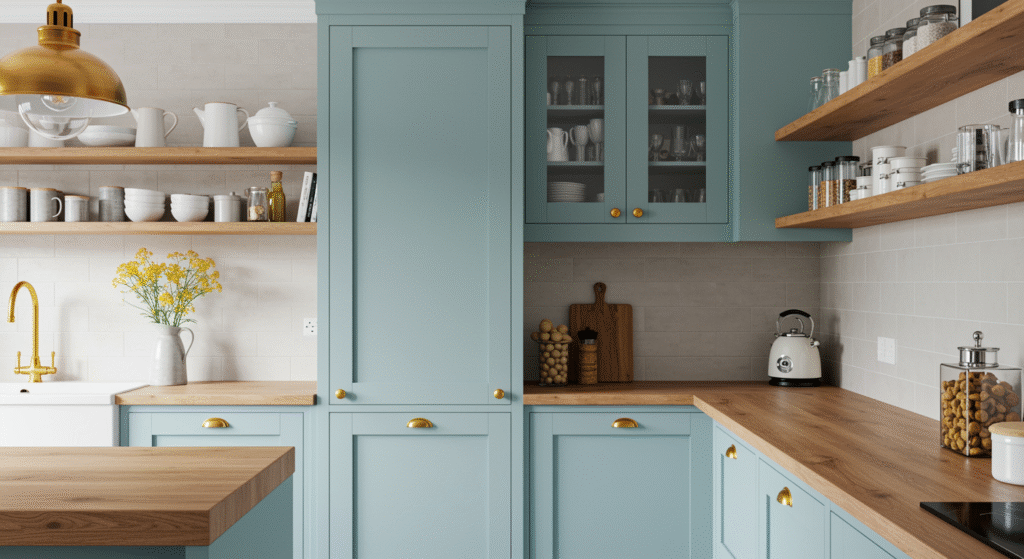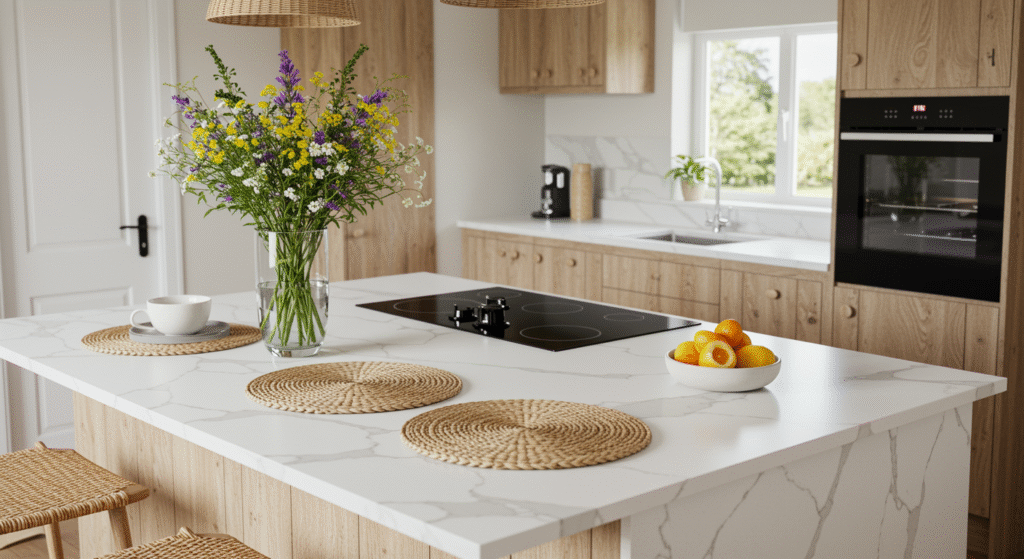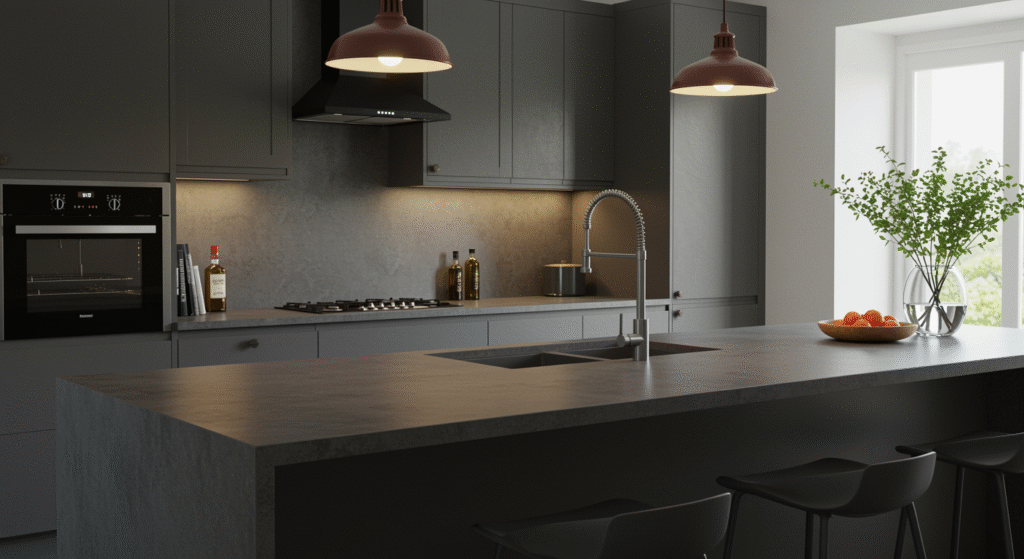Kitchen storage mistakes often occur when goods are shoved into areas without sufficient planning, mistakes produce clutter and inefficiency. Cooking is made more difficult by overloading cabinets, ignoring vertical storage, or combining rarely used items with daily needs. Organising purposefully will help you to use room to the most and maintain your kitchen both practical and stress free.
Kitchen Storage Mistakes 1: Overstuffing Cabinets and Drawers
Overfilling cupboards and drawers is among the most frequent kitchen storage mistakes people do; not only does this result in extra mess but it also raises daily activities’ tension. Cramming too many things into one cabinet or drawer makes it challenging to notice what you have, therefore wasting time looking for utensils, cookware, or pantry staples.
This chaos usually causes duplicate purchases, forgotten ingredients, or even harmed goods from being piled carelessly. Apart from bother, overloaded storage areas can lead to long-term damage — hinges could become loose, drawers may become misplaced, and shelving might bend under too much weight. Overstuffing lowers cooking efficiency as well because getting one pan might involve removing several others stacked on top.
The answer is to more deliberately store: start by decluttering and donating objects you seldom use, then arrange your kitchen with accessibility in mind. To get the most room without cluttering, think about adding pullout shelves, drawer separators, and vertical risers. Arrangement of objects by frequency of use also enables essentials to be easily reachable while less often used equipment is carefully kept away.
Regularly reviewing your storage practices guarantees that your kitchen is always usable and pleasurable. Besides looking neat, a well-ordered cabinet or drawer simplifies, speeds up, and relieves stress in the kitchen. Avoiding the overstuffing trap you will provide a more efficient and inviting daily living area while protecting your kitchen investment.
Kitchen Storage Mistakes 2: Ignoring Vertical Space
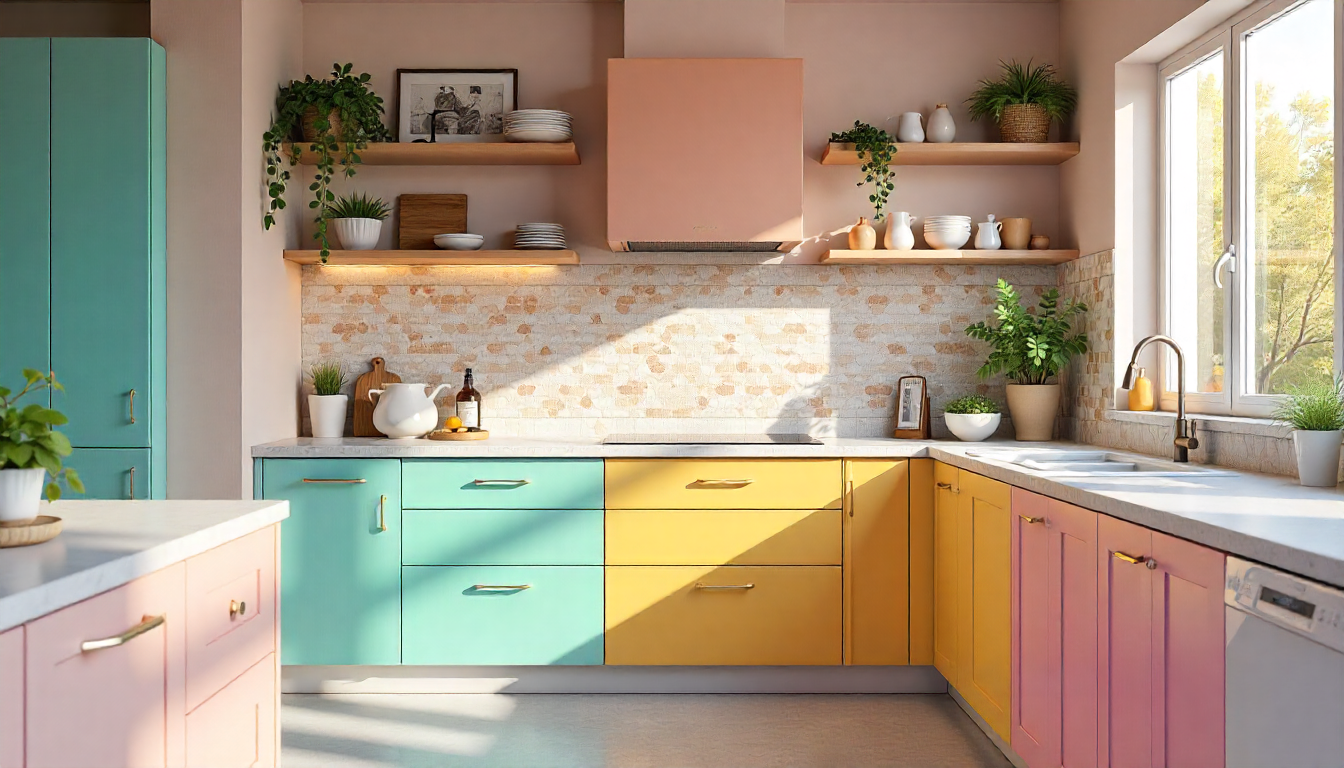
One of the most ignored kitchen storage errors homeowners commit is neglecting vertical room, which usually leads to a disordered, messy, and ineffective cooking surface. Although many kitchens have tall walls, high ceilings, or abundant cabinetry systems, most people only pay attention to eye level and floor storage, hence these areas remain underused.
Unused space above cabinets or the distance between shelves is ideal real estate for arranging kitchen necessities. Items build up on countertops or are jammed into congested drawers without use of their vertical potential, thereby complicating the usage of the kitchen and decreasing cooking pleasure. One easy fix is to include pullout shelves inside cabinets to fit taller items or design distinct layers for plates, cups, and pantry supplies.
@ampquartzcabinets Our NEW SHOWROOM at Bandar Dato Onn is finally open! 🥳🤩 📍24, Jalan Perjiranan 4/5, Bandar Dato Onn, 81100 Johor Bahru #AmpQuartz #KitchenCabinet #newshowroom #datoonn #fyp
♬ original sound – AmpQuartz – AmpQuartz
While keeping tools within easy reach, wall mounted racks, hanging rails for kitchen equipment, and magnetic strips for knives may help to free up drawer area. Adding overhead pot racks or raising cabinetry maximises storage in kitchens with taller ceilings and helps to minimise clutter below. Even minor changes like adding hooks inside pantry doors or stackable organisers can turn lost vertical spaces into useful storage.
Using vertical space not only increases accessibility but also imparts order and spaciousness, especially in smaller kitchens where every inch matters. Homeowners may keep a cleaner countertop, boost workflow, and make their kitchen feel larger and more efficient without expensive reconstruction by thinking upward rather than outward.
Kitchen Storage Mistakes 3: Not Decluttering Regularly
Many homeowners miss not decluttering often, which is among the most frequent kitchen storage errors. One of the most active places in the house, kitchens progressively gather an almost excessive number of things from obsolete appliances and chipped plates to mimic utensils and expired pantry goods.
Cabinets and drawers rapidly fill up without constant decluttering, making it challenging to find what you really need when cooking. This mess causes unneeded stress as every meal preparation resembles a scavenger hunt as well as lowers efficiency. Expired food left in the pantry can go unnoticed for months, causing waste, whereas broken or unused kitchen utensils occupy pricey area that might otherwise be used more effectively.
A well-organised kitchen should serve as an efficient, clear workspace, but it loses that mission when chaos grows. Maintaining a practical and effective surroundings calls for frequent decluttering that is, assigning time every season to go through cookware, dishes, and pantry supplies. It lets you discard things you no longer need while still inventorying what you actually use and love.
Apart from clearing area, this process helps one keep a system where everything has its assigned location. Adopt decluttering as a habit to turn your kitchen into a more ordered, stress-free, and pleasurable area that caters for your cooking and lifestyle needs.
Kitchen Storage Mistakes 4: Not Customising to Your Lifestyle
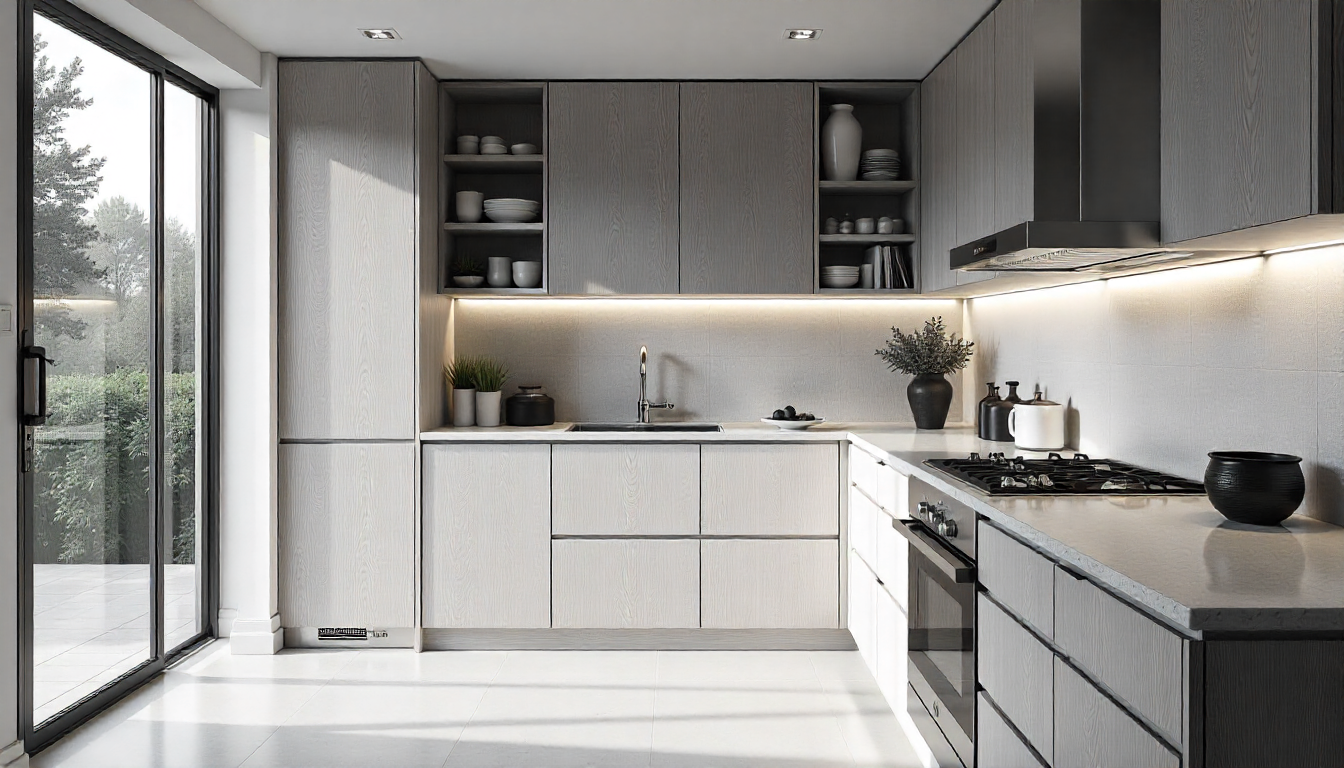
The most ignored kitchen storage blunder homeowners make is not customising the space to fit their needs. Many individuals fall into the trap of imitating simple storage solutions or using well-known organising techniques that seem amazing online but might not fit their daily life.
Each family uses the kitchen differently; thus, what fits a house with young children might not be ideal for a hectic businessperson or an enthusiastic house cook. Smaller drawers set aside for kid friendly snacks and cups help parents, for instance, benefit from children helping themselves safely, whereas someone who likes baking A custom cabinet for mixing, flours, and measurement instruments might be necessary in the preparation section.
@ampquartzcabinets Cantik jugak combination warna coklat + mocha ni 😍 #AmpQuartz #KitchenCabinet #europeandesign #archdesign #fyp
♬ original sound – AmpQuartz – AmpQuartz
Usually, neglecting these personal habits results in constant frustration, wasted time looking for items, and mess accumulating in the wrong locations. Your natural cooking speed that is, pans and pots should be close to the burner, cutting boards next to prep counters, and cleaning supplies near the sink defines the motion in your kitchen.
Customisation could involve little changes in shelf heights, building barriers, or reorganising spaces to fit your actual cooking, eating, and food storage rather than costly renovations. When your kitchen matches your lifestyle, it becomes more efficient, natural, and enjoyable to use. Customising storage to the particular requirements of your home rather than imposing a one size fits all strategy makes your kitchen seem less like a everyday battleground. more like a welcoming setting for your events.
Kitchen Storage Mistakes 5: Stashing Everything in Deep Cabinets
Stowing everything into deep cabinets, treating them as catchall areas for pots, pans, and odd appliances, is one of the most frequent kitchen storage mistakes homeowners make. Although large capacity initially sounds like a blessing, deep cabinets usually turn into dark, messy “black holes” where stuff gets pushed to the back and forgotten.
This not only loses storage capability but also causes everyday frustration when you have to bend down, shuffle objects about, or empty half the cabinet. only to get to one pan or mixing bowl. Many people wind up purchasing copies of already owned products over time because they cannot locate what is buried inside, therefore creating even more mess.
Unless deep cupboards are built with pullout trays, sliding shelves, or baskets that enable everything to be seen and easily retrieved, their absence of visibility and accessibility makes them ineffective. Deep cupboards turn into graveyard for tiny appliances, large serving dishes, or seasonal goods you rarely use without these upgrades. To maximise their potential, a more sensible approach is to invest in organisers or custom pullouts and to reserve deep spaces for big, seldom used goods.
Alternatively, transforming lower cabinets into drawers will greatly boost usefulness as drawers pull out fully and expose contents plainly. This rethinking of layout will help. Avoiding the error of aimlessly filling deep cabinets will ultimately save you time, money, and stress while also making your kitchen much more efficient and delightful to work in.
Sign Up For Kitchen Design Ideas
Join over 5,000 homeowners subscribed to our newsletter!




